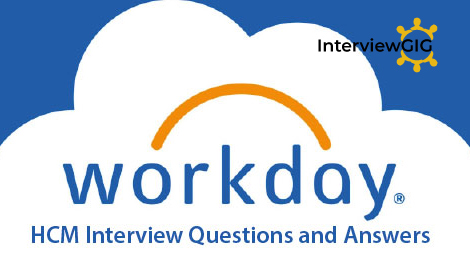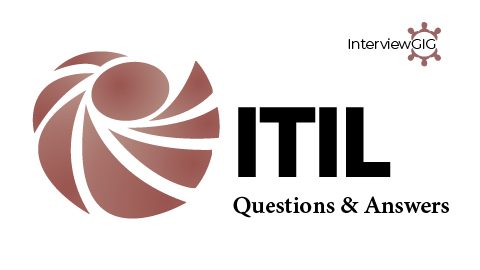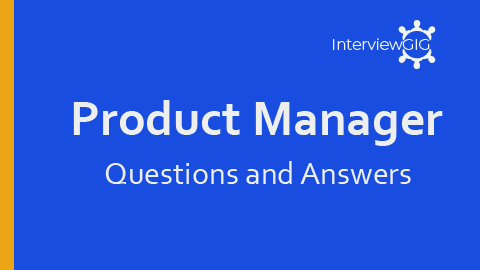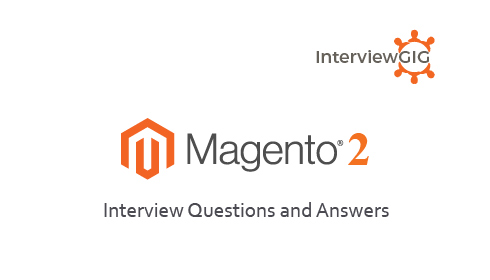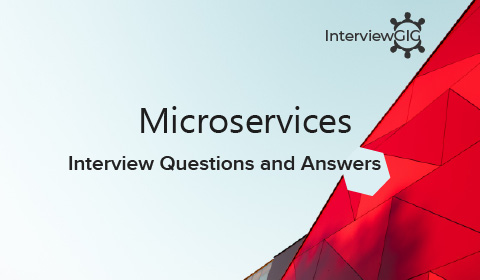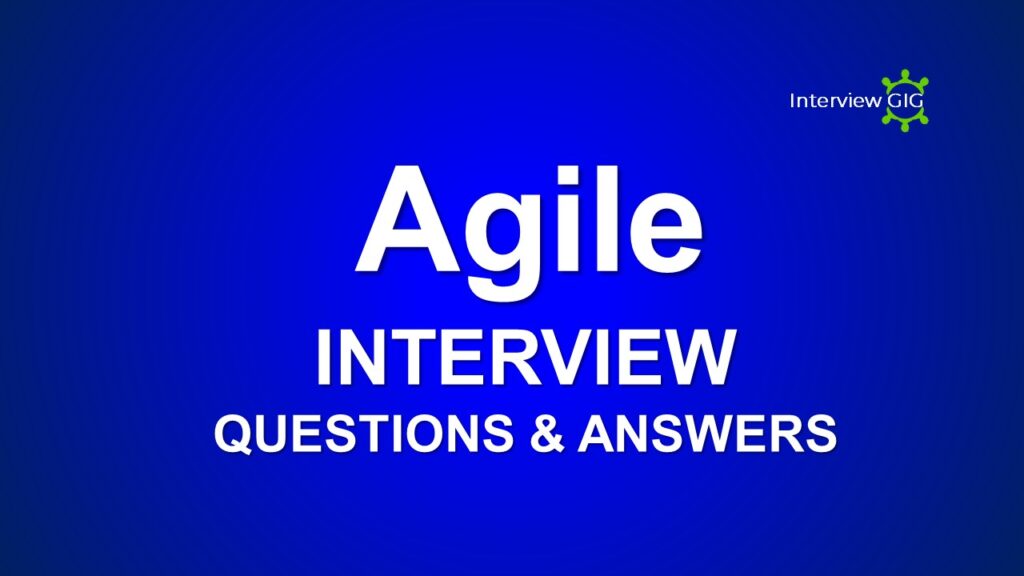What is the difference between Split-join and split for each?
Split join is sub flow of your flow is completed before continuing the current flow completed.
Split for each is to send a work object through another flow based on the information in the pages of page list and page group.
[dt_sc_button type=”type1″ link=”http://www.interviewgig.com/discussion-room/post-a-question/” size=”large” bgcolor=”#7ed640″ textcolor=”#ffffff” target=”_blank” timeline_button=”no”]Post a Question[/dt_sc_button]
What is skimming explain?
It collects the highest version of every rule in the ruleset and copies them into new major version of that ruleset on the same system.
EX: If we are skimming loan appl:05-06-07, the only options like 06-01-01 and 07-01-01, but we cannot skim to 05-07-08 and so on.
What is SLA? where we use SLA?
A service level rule is an instance of the Rule-Obj-Service Level rule type. Each service level rule defines one or two time intervals, known as goals and deadlines that indicate the expected or targeted time for the assignment, or time-to-resolve for the work object.
If an assignment isn’t completed before the time limit, the system can automatically raise the assignment, and cancel the entire flow, and so on
What is Backward chaining and forward chaining?
Forward Chaining: It provides the automatic calculations of the property value by executing the declarative rule, when any one of the input property value is changed.
EX: If the Area property depends on the Length and Width property, then forward chaining causes the Area property recomputed each time either
Length/Width value changes.
Backward Chaining: It provides the automatic calculations of a property value by executing the declarative rule, when a value is needed for property rather than whenever inputs change.
EX: If the Area property depends on the Length and Width property, then backward chaining causes the Area property recomputed each time the Area property is required.
What is the difference between file listener and connect file?
File listener used to import data from a file.
Connect file defines the name and location of an output file created by your application.
What is the difference between Page-Validate and Property-Validate methods?
Page-Validate method is used to validate all the properties present on a page. If a page has embedded pages, this method works recursively to validate all the properties. This method consumes lot of system resources and takes more time. If you want to validate specific properties use Obj-Validate method with Rule-Obj-Validate rule.
Property-Validate method is used to impose restrictions on a property value. Use Edit validate rule along with Property-Validate method to impose restrictions. You can validate multiple properties using Property-Validate method.
What is difference between Edit validate and Edit Input rules?
Edit Validate: Use edit validate rule to validate the property value using java code. Edit validate rules can be used property-validate, Rule-Obj-Validate and Property rules.
Edit Input: Edit input rules converts user entered data into required format.
For example is the user enters date MM/DD/YYYY format, edit input rule coverts this date into DD-MMM-YYYY (required format). Again we need to write java code for this transformation.
What is local action?
when action is finished work object returns to same assignment.
What is WSDL file?
it is web services description language.it is written in XML format.
What is data-,work-,rule- classes?
Rule- base class is the abstract class of the rule classes. It defines how an organization uses that application and run the business.
Work- is the super class to all the classes that defines work objects.
Data- is an abstract class that contains static data.
Data- do not repeat the information stored in the other databases.
such type of information can be accessed from the process commander system with connectors.
What is Access Group?
Access Group controls the security basing on the job functions. It is instance of Data-Admin-Operator-AccessGroup. Various aspects that can be controlled through access group are default and available types of works( also called as work pools ) , Primary rulesets ( Access Control to rulesets), Assigned roles, Portal layout.
What is Work list, Work basket?
work list is an outstanding assignment waiting for a user to perform them.
work basket is an instance of Data-Admin-Workbasket class. Work object progress through a flow execution, the system creates assignment. Assignment may be created either with individual user or work basket.
What is parallel processing in pega?
Running a parallel sub flow to the main flow or calling a service through integration shapes and at the same time processing a job.
What is Agent?
Agents are internal background process operating on the server to run activities. Agents are asynchronous and independent. They also perform system tasks such as sending email notifications and synchronizing caches across nodes. Activities they call run individually on their own scheduled and one activity doesn’t have to finish another activity.
Where work objects will be stored?
Work Objects are stored in pc_work table by default. however if you want to store the work objects in a user created table, follow the below mentioned steps.
Create a schema similar to pc_work table. (The best thing is to copy the pc_work schema and modify the table name and constraints name if any)
Change the class group mapping (Data-Admin-DB-Table) to the newly created table.
What is the difference between RDB, OBJ methods?
Obj method can be used to fetch the data from Blob columns but RDB methods can only help to fetch the data from exposed columns
RDB methods are faster than OBJ methods in terms of response time Normally we use OBJ methods for pega tables and RDB methods to fetch the data from external database
What is the difference between Obj-open & Obj-browse ?
obj-open is used to open single value in the blob column.
obj-browse is used to open more than one value in the clipboard page/external system
What is flow-action?
it is the instance of Rule-Obj-Flow Action rule type. it is the one category in UI specifies the choices to user performing assigned work object.
Local FA: if action is finished, work object returns to same level.
Connector FA: if action is finished, work object moves to next level.
What is the use of Primary page?
the primary page is nothing but a clipboard page.
primary page is nothing but a step page in activity. it refers in to display the property.
Why you need class group?
we need to add one or more class groups to create the work pools in which user associated in the access group to create the work objects.
What is the difference between Stepstatusgood and Stepstatusfail rules?
StepStatusGood is a when condition defined in @baseclass, this when rule checks whether the value of pxMethodStatus property is “Good”.
StepStatusFail is a when condition defined in @baseclass, this when rule checks whether the value of pxMethodStatus property is “Fail”.
What is the difference between constraint vs validation?
Constraint is a declarative rule which gets called automatically whenever invalid value entered by the user and show the error message according to ur logic, unlike constraint validation is not a declarative rule ad u need to call it from say flow actions/activity etc…it’s also used for validation.
What is the use of guardrails?
guardrails guide u, how to code any application in best way using pega.
What are the agents?
Agents are internal background process operating on the server to run an activity. these are asynchronous and independent.
These are 2 type rule agent queue, data-agent-queue.
What is cover and covered objects?
Cover is Work Object that is parent to one or more work objects. the covered WO are Children in Parent-Child relationship.
One work party is present in the cover work object that is also present in the covered WO associated with the covers.
What are the types of log files we have?
Pega logs: these are also called as system logs. message was created since the server starts recently.
Alert log: it contains only alerts and supports performance related monitoring.
What is DWA (Direct Web Access)?
DWA is any one access the World wide web and email to process an assignment on a onetime basis. this feature extends the scope ur appl to emplsthrougout the enterprise.
What is the difference between Decision Table and Decision Tree?
Decision Tree is used to check multiple properties
Decision Table is used to check only one property.
What is Declare expression?
It helps the automatic calculations of the property value based on the changes of the other property value.
What is order of execution in Decision Table and decision tree?
Decision Tree used the order of if-then-else logic.
Decision Table used to making decisions against same data element.
What is the major difference between the Cover and Folder?
Cover is a work object that are parent to one or more related work objects.
Folder is concrete class that is inherited from work-folder- class. Folder holds the collection of one or more other work objects.
What is the difference between harness & section?
Harness: Use Harness rule to define appearance and processing of wok object forms used in your app to create WO and process Assignments.
Harness rule define the complete forms that support all user interactions that create, update and resolve the WO.
Section: A section rule defines the appearance and contents of the form.
What is paging in a listview?
To divide the ListView in to different pages and set the number of records to be displayed in a page.
What is Exit-Activity method?
The Exit-Activity method ends the current activity and returns control to the calling activity.
What is Page-Copy method?
Page-Copy method is used to copy the contents of a source clipboard page to a new or previously created destination clipboard page. The source page is not altered.
After this method completes, the destination page contains properties copied from the source page, and can contain additional properties from a model.
What is Page-New method?
The Page-New method is used to create a page on the clipboard. The new page may be a top-level page or an embedded page.
We can identify a model to initialize the newly created page. The model can set values for one or more properties.
What is Page-Remove method?
Page-Remove method is used to delete one or more pages from the clipboard. The contents of the database are not affected.
What is Page-Set-Messages method?
Use the Page-Set-Messages method to add a message to a clipboard page. Like a message associated with a property, a message associated with a page normally prevents the page from being saved into the database.
What is Property-Set-Message?
Property-Set-Message method is used to associate a text message with a property or a step page. The system reads the appropriate property and adds the message to the page. We can provide the entire literal text of the message, or reference a message rule key that in turn contains message text. (Rule-Message rule type).
What is Property-Map-DecisionTable method?
Property-Map-DecisionTable method to evaluate a decision table rule and save the result as the value of a property.
What is Property-Map-DecisionTree method?
The Property-Map-DecisionTree method is used to evaluate a decision tree rule (Rule-Declare-DecisionTree rule type) and store the result as the value of a property.
What is Property-Map-Value?
The Property-Map-Value method evaluates a one-dimensional map value (Rule-Obj-MapValue rule type) defined in the parameter. The method sets the result as a value for a Single Value property.
The related method Property-Map-ValuePair works similarly for two-dimensional map values.
What is Property-Remove method?
Property-Remove method is used to delete a property or properties and its associated value from the step page or another specified page. This does not affect the property rule, its definition.
What is Property-Set method?
Property-Set method is used to set the value of one or more specified properties.
